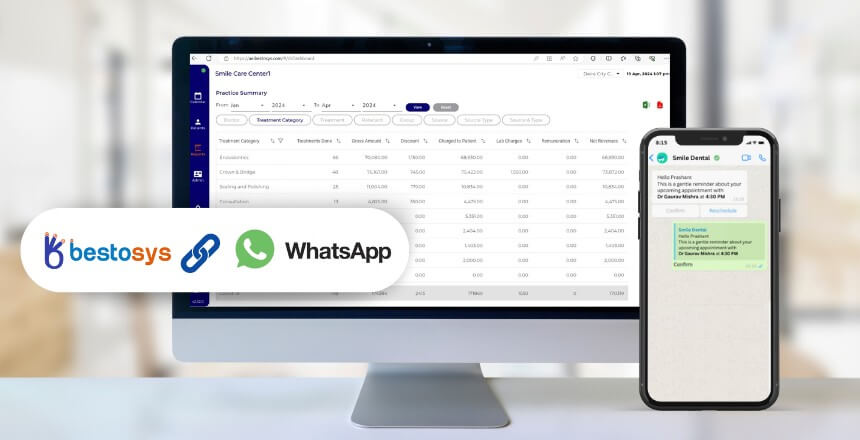
The era of bulky flip phones and using SMS for messaging is now a thing of the past. Nowadays, clinics need a communication platform which is powerful enough to exchange long messages, photos and documents, and rich text formatting. WhatsApp, the world’s most popular messaging application, can be used to change the way clinics communicate and connect with patients.
RIP SMS: SMS has become outdated. It is mostly used for one-time passwords (OTPs) only. Most people don't even check or read their SMS.
Can't know if they read: There's no way to know if your patient even received the crucial appointment reminder SMS or pre-treatment instructions. This lack of confirmation creates uncertainty and potential communication breakdowns.
Patients can't reply: SMS is a one-way conversation. Patients can't reply to ask clarifying questions or confirm receipt. This creates frustration for them and missed opportunities for clinics to address concerns or gather patient feedback.
Can’t send documents and Images: A picture is worth a thousand words, they say. Need to send pre-treatment instructions or an illustration as an image? Forget it with SMS. It's limited to plain text, restricting the ability to share critical visual information that can significantly improve patient understanding.
Can't send to international numbers: Does your clinic cater to international patients? International SMS charges can be prohibitively expensive and most SMS service providers don’t support it, creating a barrier to communication.
Can't send long messages: Want to share detailed instructions? SMS has a character limit, meaning your message might get chopped up into multiple texts, confusing patients.
Can't bold or italicize: Want to highlight important information in a message? Bolding or italicizing key points is not possible with SMS.
Many countries have regulations around SMS headers and content. Some require prior approval for templates. Some require patients’ consent before an SMS can be sent to them. These requirements vary widely across countries. This again restricts the use of SMS.
Patients are more likely to read WhatsApp than SMS: Let's face it, SMS gets lost in the sea of notifications. Patients are far more likely to open and respond to WhatsApp messages compared to SMS. This translates to higher appointment confirmation rates, and improved overall patient experience.
Send to international numbers: Unlike SMS, which can be expensive and unreliable for international communication, WhatsApp works seamlessly across borders. This allows you to connect with patients regardless of their location, ensuring they receive timely healthcare information and reminders.
Patients can reply to WhatsApp: WhatsApp allows patients to easily reply to your messages, fostering a two-way conversation. This opens doors for answering basic questions, scheduling follow-up appointments.
Track your message: If you want to track your messages on WhatsApp, you can check the double tick and blue tick along with the detail option to get all the necessary information about whether the message has been delivered and read.
Craft your message with templates and formatting: Highlight important information in bold, strikethrough, emphasize key points with italics, and even add emojis 😊 to personalize the tone.
Send photos & PDFs: Need to send a receipt, invoice, pre-treatment image guide or a downloadable PDF with medication instructions? No problem with WhatsApp. The platform allows you to share photos and documents seamlessly, ensuring patients have clear and accessible information at their fingertips.
We've explored how WhatsApp revolutionizes communication, offering features that traditional SMS simply can't match. But how do you leverage this powerful tool seamlessly within your existing clinic workflow? BestoSys provides you WhatsApp integration, realizing the full potential of WhatsApp with our robust integration that unlocks all the benefits we've discussed, completely automated and personalized for each patient.
Ready to transform your clinic communication? Explore BestoSys today and see how WhatsApp integration can empower you to connect with patients on a deeper level, for better healthcare outcomes.